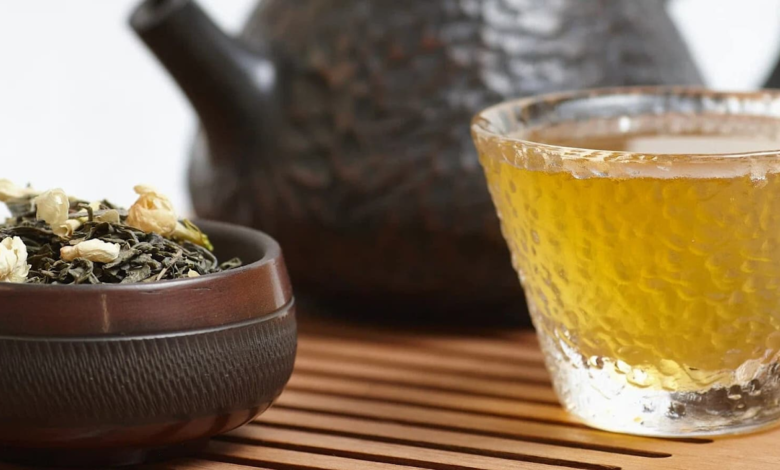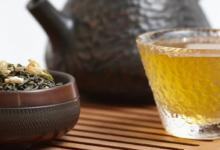The History of Jasmine Tea in Chinese Culture and Its Modern Revival

Few teas carry the same sense of romance and tradition as jasmine green tea. Fragrant, delicate and calming, it is more than a drink. It is a story that stretches back centuries in China, where scent and taste have always been woven into daily life.
The origins of jasmine tea can be traced to the Song Dynasty, around the 10th century. At that time, tea drinking was already a refined art, and flowers were often used to enhance both fragrance and flavour. Jasmine, with its sweet and lingering aroma, became a natural choice. By the Ming Dynasty, blending jasmine with green tea had grown into a widespread practice, prized for its balance of freshness and perfume.
Making jasmine tea is a patient craft. The tea leaves are harvested in spring and stored until late summer, when jasmine blossoms are at their peak. The blossoms are layered with the leaves overnight, allowing the scent to infuse naturally. This process may be repeated several times, depending on the desired intensity. What results is not an artificial flavouring, but a subtle harmony where the tea and flowers complement one another.
In Chinese culture, jasmine tea has long been associated with hospitality. It is often the first cup offered to guests, a gesture of warmth and respect. Families would keep loose leaf jasmine tea in their homes not just for daily enjoyment, but for those moments when visitors arrived. The fragrance drifting from the teapot carried a sense of welcome before a single word was spoken.
For a time, particularly in the late 20th century, jasmine tea began to feel old-fashioned in China, overshadowed by modern drinks and coffee culture. Yet in recent years it has found a new audience. Younger generations are rediscovering it, not as a relic of the past but as a bridge between tradition and modern life. Specialty tea shops in Beijing, Shanghai and beyond now highlight jasmine teas with pride, showcasing both classic blends and contemporary twists.
This revival has not been limited to China. Across the world, jasmine green tea has gained popularity with people looking for alternatives to strong black teas and coffee. Its lower caffeine content and gentle floral lift make it appealing to those who want energy without the jitters. In London and Paris, cafés serve it alongside herbal infusions and single-origin coffees, while in the United States it has become a staple in wellness circles.
The charm of jasmine tea today lies in its ability to feel both timeless and modern. It carries with it centuries of Chinese tradition, yet it also speaks to contemporary tastes that value balance, mindfulness and authenticity. Brewing a cup at home is a small way of joining that long story, connecting the quiet moments of everyday life to a history that began hundreds of years ago.
A sip of jasmine tea still carries the essence of hospitality and care, just as it did in the courtyards of ancient China. Its revival is not so much a trend as a reminder that the most enduring traditions are those that adapt, while keeping their heart unchanged.





